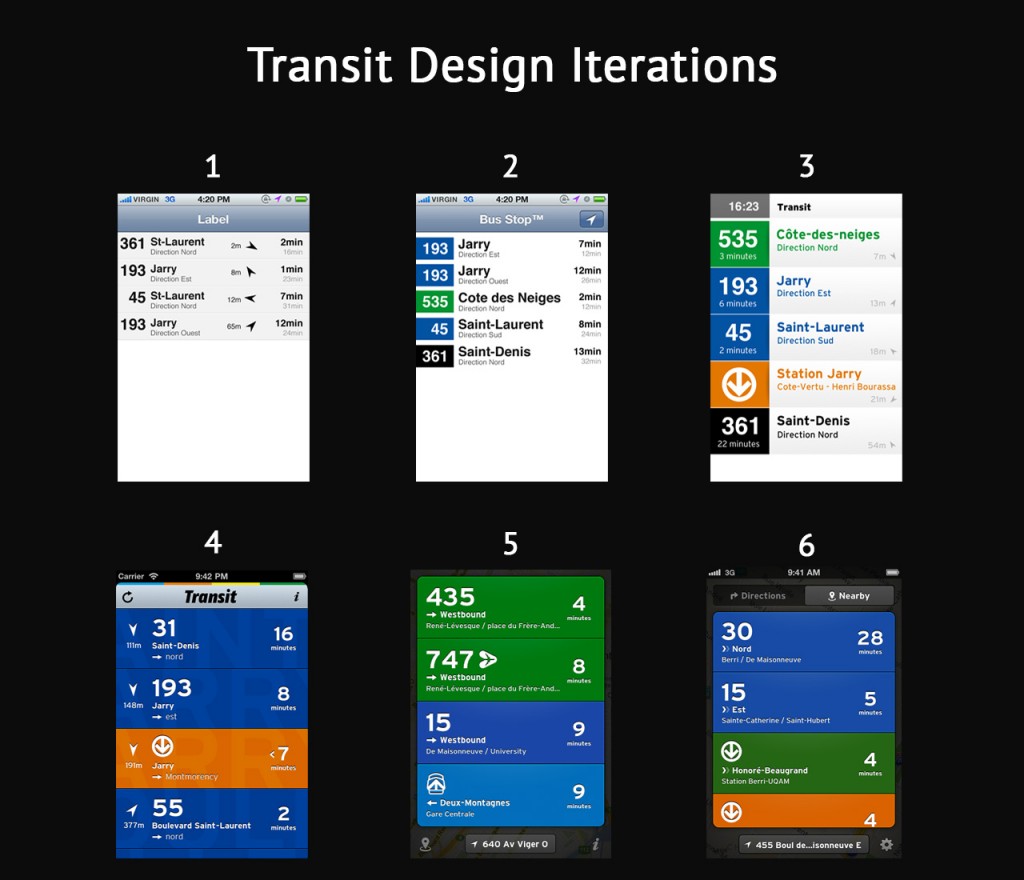Apple recently announced they would increase the size limit of mobile app packages on the Apple App Store from 2 GB to 4 GB.
They experimented first by releasing Disney Infinity: Toy Box 2.0 for free in late January. Disney Infinity Toy Box 2.0 is a gaming app developed using Metal. The app is similar to Minecraft in the way it allows players to create their own world using pre-made characters. It weighs in at a massive 3.8 GB when downloaded from the App Store. The additional space is utilized in the expansion of their cast of characters. Disney Infinity Toy Box 2.0 features not only Disney characters, but many superheroes from the Marvel universe, Guardians of the Galaxy, and The Incredibles.
Check out this awesome iOS preview of the game:
https://www.youtube.com/watch?v=sm7iF5l-ZcA
Although the app is available for free on iTunes, in-app purchases start at $0.99 and reach as high as $59.99. Only three characters are available for free. These free characters rotate, giving users a taste of what they are missing, as well as reason to keep checking the app. The rest of the characters can be purchased in stores like Best Buy, Walmart, etc. It is sure to be a profitable endeavor given the pre-existing fan-bases of the many characters in the mobile game.
The Apple App Store’s increased app size limit will most certainly bring about an influx of large-scale apps like the Disney Infinity Toy Box, although one thing hasn’t changed: apps which are being downloaded by a cellular network still have a 100 MB size limit. Apps above 100 MB must be downloaded using a Wi-Fi network.
While there are obvious advantages to giving users the ability to download an app wherever they have cellular service, large-scale apps are often less dependent on impulse downloads. Many developers will no doubt be excited to put the new limit to work via higher quality graphics and longer games.
The move seems consistent with Apple’s strategy of making the development process easier for app developers. Last year, Apple released Swift (for information on Swift, check out our previous post: Swift Execution: Apple’s New Programming Language Shakes Up Tech Community) and Metal, a low-level, low-overhead graphics API which we wrote about when it debuted with iOS 8 in our post Bite the Apple: Maximize iOS 8 to Vanquish Your Competition. Both releases, along with the increased app size limit, seem to be power moves dedicated to drawing more developers to the iOS platform.
As we detailed in App Store Optimization Part 5: Key Differences Between Apple Vs. Google Play App Stores, the main difference between the Apple App Store and Google Play is Apple’s emphasis on curation. Although good ASO processes for the Apple App Store are shrouded in secrecy, it’s known that Apple focuses on promoting discovery through curation. Apple requires all apps to be approved by their team of curators before allowing them to be displayed in the App Store. Increasing the app size limit gives developers the freedom to create more intricate, high-production value games for the Apple App Store curators to promote.
If there’s one broad conclusion to be drawn from the move, it’s that mobile gaming is evolving, and Apple wants to spearhead the movement.
Mystic Media is an iOS and Android app development, web design, and strategic marketing firm based in Salt Lake City, Utah. Contact us today by clicking here or by phone at 801.994.6815

